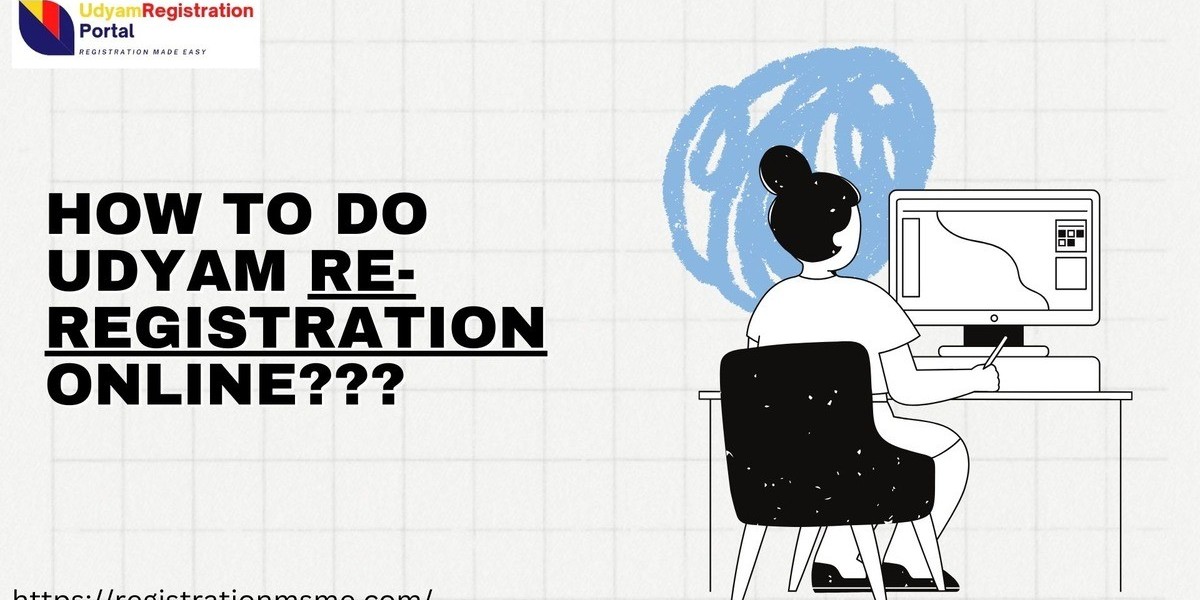For a business to run well in India, a number of formal documents are frequently needed. The Udyam Registration Certificate is one of the most crucial documents for Micro, Small, and Medium-Sized Enterprises (MSMEs). Following a successful Udyam system registration, the Ministry of Micro, Small, and Medium-Sized Enterprises issued this certificate. It serves as evidence that a company has received official recognition as an MSME and is qualified for a number of government programs, loans, and subsidies.
Many business owners prefer to keep a paper copy of the certificate for convenient access, even though it is always available in digital format on the government web. When interacting with banks, submitting an application for a tender, or providing documentation of business registration in various contexts, a printed Udyam Certificate is useful.
Why Is a Printed Udyam Certificate Necessary for MSME Owners?
Even though the certificate is kept online, there are a number of advantages to having a hard copy:
Official Proof in Hand: Paper records are still preferred by many organizations. In these situations, a printed Udyam Certificate facilitates verification.
Banking Requirements: When you apply for business loans, overdrafts, or credit facilities, banks frequently need a copy of the certificate.
Government Programs and Assistance A printed certificate is typically needed in order to apply for financial aid or take part in subsidy programs.
Applications for Tenders: Companies submitting applications for government contracts can be required to include a copy of their Udyam Certificate.
Backup Copy: Having a physical copy guarantees that you are not always reliant on internet connectivity.
Because of this, MSME owners ought to be aware of the
What Details Are Included in the Udyam Certificate?
Let's examine the information that appears on the certificate before proceeding with the printing process:
Registration Number for Udyam (URN)
The business's name
Organizational kind (private limited, partnership, proprietorship, etc.)
Official contact information and the business address
The registration date
Status of Aadhaar and PAN verification
NIC activity code (business type)
The enterprise's classification (micro, small, or medium)
A printed certificate that includes all of these facts lends confidence to your company and is a reliable source of evidence.
Detailed Instructions for Printing an Udyam Certificate
If you follow the right instructions, printing the certificate is a simple process. Here is a concise, detailed guide:
Step 1: Go to the Official Website
The official website for Udyam registration.
Step 2: Select the option to print or download
Find the "Print/Verify Udyam Certificate" option on the home page. To continue, click on it.
Step 3: Provide Your Registration Information
You will be required to supply:
The Udyam Registration Number (URN) is a special number that is created when a person registers.
Your registered email address or mobile number is connected to your registration.
Step 4: Use an OTP for authentication
An OTP (One-Time Password) will be sent to the email address or registered mobile number you provided after inputting your information. To confirm your identity, enter the OTP.
Step 5: Get Your Certificate
Your Udyam Certificate will appear on the screen after verification. It is available for download as a PDF.
Print the certificate in step six.
Use any printer to print the PDF after opening it. Make sure the print is taken on clean A4-size paper for optimum clarity and official use.
Advice for Effortless Printing
Although the procedure is straightforward, a few minor pointers can further simplify it:
Keep your registration number close to hand because you won't be able to access the certificate without it.
Use an Updated Browser: Older browsers may occasionally fail to load the page properly. It is advised to use Chrome or Edge.
Verify your internet connection to prevent session timeouts or OTP delays.
Save a PDF Copy: In addition to printing the certificate, make sure you have a digital copy on your phone or computer.
Use Good Print Quality: Make sure the print is crisp and not blurry because the certificate is an official document.
What Should You Do If You Run Into Problems Printing?
MSME owners can have issues like downloading errors, forgetting registration numbers, or not receiving OTPs. What you can do is as follows:
Can't remember your Udyam registration number?
Utilize the portal's "Forgot URN" feature. To retrieve it, enter your registered email address and Aadhaar.
Not Receiving the OTP?
Make sure your mobile number is active or check your email's spam folder. Another option is to attempt sending the OTP again.
Is the Certificate Not Opening?
Verify that your computer has a PDF reader installed.
Mistakes in the Details of the Certificate?
Log in to the portal and request an update if you see any errors. Download and print the revised version after it has been corrected.
Advantages of Preserving Printed and Digital Copies
Both soft and hard copies have their own significance in the current digital era.
Benefits of digital copies include instant emailing, uploading to web apps, and securely storing in cloud storage.
Benefits of Printed Copies: Helpful for offline verification, financial processes, and circumstances with restricted internet access.
MSME owners can make sure they are never taken off guard by keeping both.
The rationale why using the official portal completely for printing
Consider that the Udyam Diploma is only available for download on the official government website. Though they can sometimes be fraudulent, several third-party websites make claims to offer certificates. Unofficial printing sources may produce forged or incorrect documents, which might conflict with verification.
Conclusion
More than simply a piece of paper, the print Udyam Registration Declaration represents your company's admittance into India's expanding MSME market. Despite the constant accessibility of the digital version, having a paper copy simplifies business operations, particularly when interacting with clients, banks, or agencies of government.








